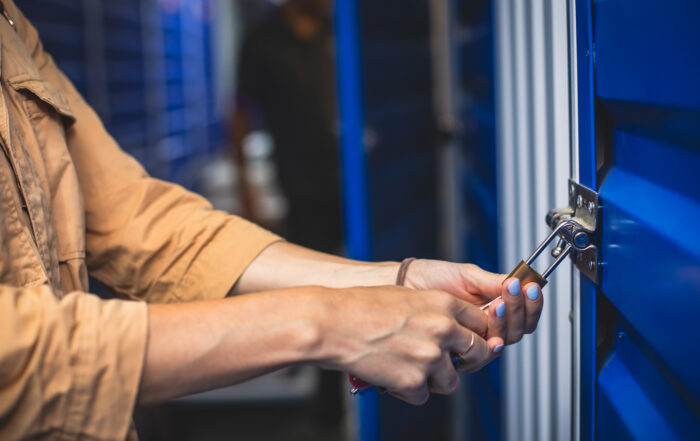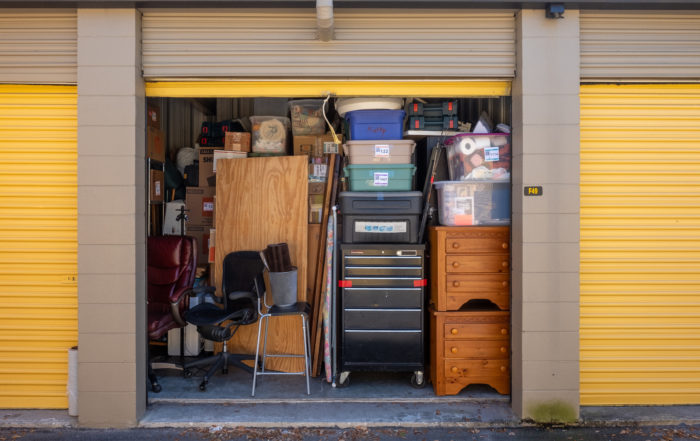A Brief History of Plastics (Part One)
Here on the Albuquerque Self-Storage blog, we’ve talked at length before about using plastic containers instead of cardboard boxes. The better security of plastic, the more stable form, and the protection from unwanted pests are all boons to the use of plastic of cardboard. Have you ever wondered just how plastic came to be? It’s completely overtaken our world. Look around you right now; chances are there are plastic items everywhere. You might even be wearing something with plastic in it! It’s a material used in just about every kind of items, but so many of us don’t know anything about it! Well, this time on the blog we’re going to go over the history of plastic.
The first man made plastic dates back to 1859 in Birmingham, UK when Alexander Parkes created Parkesine. Made from cellulose, the main component of the cell walls of plants, and treated with nitric acid. The product of this process could then be dissolved via alcohol and solidified into an elastic, transparent material. This material could then be molded by the application of heat. Parkesine is also known as nitrocellulose and is still used in a wide variety of products from nail polish, to flash paper, and even in rockets!
Almost 50 years later, another advance came in the pursuit of an alternative for blackboards. An Austrian scientist put work together but ultimately found the material did not work for the hoped-for purpose. Later a French chemist found the means to take this material and make it usable. Like an earlier proto-plastic, milk proteins casein was treated with formaldehyde, and it made a material known as Galalith. Today Galalith is mainly found in buttons and other fashion accessories.
That brings us just to the turn of the 20th century! There’s still another hundred years of plastic history to discover! We’ll cover that next time on the Albuquerque blog! If you’re interested in continuing the lesson, we’ll see there!
Recent Posts
Understanding Self-Storage Lease Terms: What to Know Before You Sign
Renting a self-storage unit is often one of those tasks that feels simple at first—pick a unit, sign a lease, move your stuff in. But if you’re like most people, the fine print on that [...]
What Not to Do When Using a Self-Storage Unit: 9 Common Mistakes to Avoid
Self-storage units are a convenient and affordable way to store everything from furniture and keepsakes to business inventory and seasonal gear. Whether you’re moving, downsizing, or just trying to declutter your space, renting a storage [...]
How to Keep a Storage Unit Clean and Tidy
A self-storage unit can be a lifesaver when you need extra space, but without proper organization and upkeep, it can quickly become cluttered. A clean and tidy storage unit not only makes it easier to [...]



